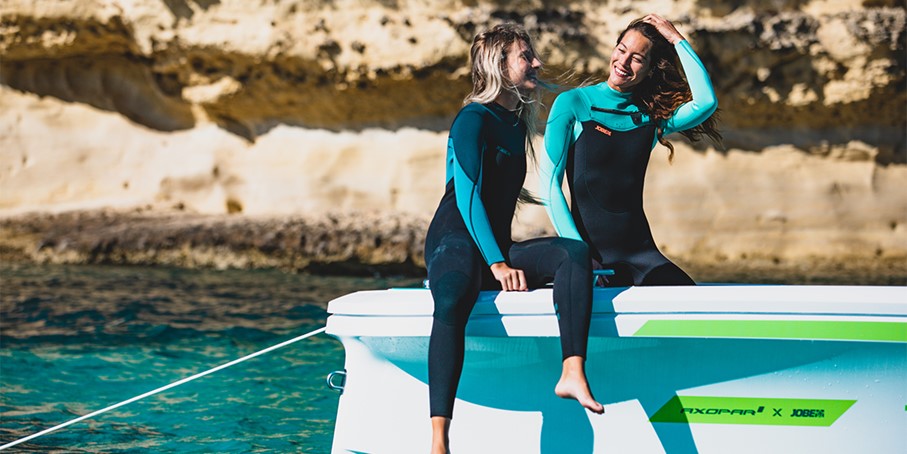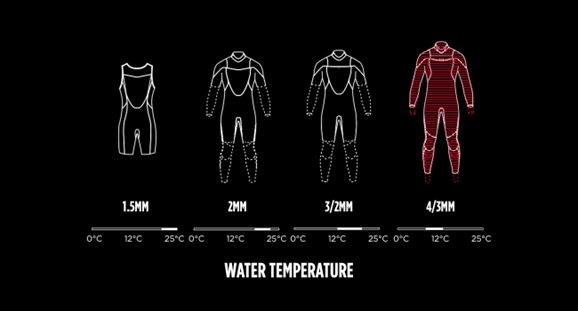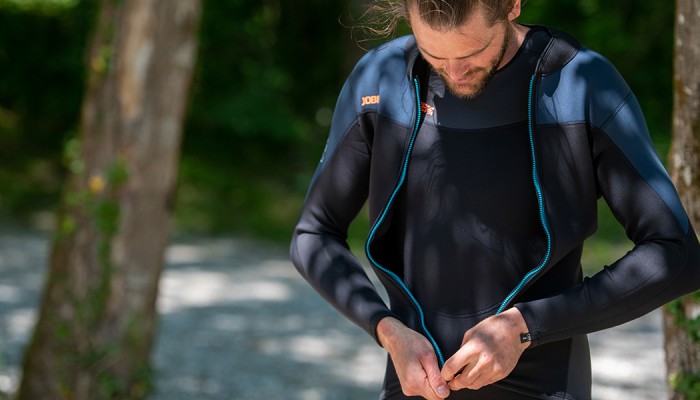ULTIMATE WETSUIT GUIDE (2023)
Wetsuits: The Ultimate Guide (2023)
A wetsuit is a type of garment primarily designed for individuals who engage in water-based activities such as wakeboarding, waterskiing, and other related sports. It is typically made of neoprene material, which is highly resistant to water and provides excellent insulation properties.
The primary purpose of a wetsuit is to protect the wearer from the cold water by trapping a thin layer of water between the skin and the suit. This layer of water is warmed by the body, which helps to maintain the wearer's body temperature in colder water conditions. Wetsuits are available in a range of thicknesses and styles, depending on the specific use and water temperature.
Wetsuits offer not only thermal insulation but also protection against other environmental elements such as UV rays and wind. Their ability to provide insulation and protection makes them essential equipment for individuals who spend extended periods of time in the water, especially in cold water conditions.


Differences in wetsuits
The type of wetsuit that is best for you will depend on a number of factors, including the water temperature, the type of water activity you will be doing and your body size and shape. Things to consider when buying a wetsuit:Thickness: Wetsuits are available in a range of thicknesses, measured in millimetres. Thicker wetsuits provide more insulation and are better for colder water, while thinner wetsuits are better for warmer water.
Style: Wetsuits are available in several styles, from full suits to shorties. Full suits cover the entire body, including the arms and legs, and are the warmest option. Shorties cover the upper body and are the least warm option.
Fit: It is important to choose a wetsuit that fits properly. A wetsuit that is too small will be uncomfortable and restrict movement, while a wetsuit that is too large will be loose and may allow water to enter, reducing its effectiveness.
Material: Wetsuits are typically made from neoprene, a synthetic rubber that is flexible, durable, and resistant to water. Higher-quality wetsuits may use more expensive materials, such as limestone, which can provide additional insulation and durability.
Be sure to read the sizing chart and follow their recommendations for finding the right size wetsuit. It is also a good idea to consider the specific needs and requirements of the water activity you will be doing when choosing a wetsuit.
Are wetsuit sizes the same as regular clothes?
Wetsuit sizes are generally similar to regular clothing sizes, but there are some important differences to keep in mind when selecting a wetsuit.
Wetsuits are designed to fit snugly against the body in order to provide insulation and maintain flexibility. As a result, they tend to fit more closely than regular clothing, and you may need to size up or down depending on your preference for a tighter or looser fit. Make sure the wetsuit is not too tight or too loose. Both instances will prevent you from having optimal movement.
It's also important to consider the thickness of the wetsuit and the type of activity you'll be using it for. A thicker wetsuit will be more restrictive and may require a larger size, while a thinner wetsuit will be more flexible and may fit better in a smaller size.
Which wetsuit for which water temperature?
The thickness of a wetsuit is an important factor to consider when selecting one for a particular water temperature. In general, the colder the water, the thicker the wetsuit should be.
Here are some general guidelines for selecting a wetsuit based on water temperature:Water temperatures below 57°F (14°C): A full wetsuit with a thickness of at least 4/3mm (millimetres) is recommended.
- Water temperatures between 57-64°F (14-18°C): A full suit with a thickness of at least 3/2mm is recommended.
- Water temperatures between 64-77°F (18-24°C): A shorty wetsuit with a thickness of at least 2mm is recommended.
- Water temperatures above 77°F (25°C): A shorty wetsuit with a thickness of at least 1.5mm is recommended.
- Keep in mind that these are just general guidelines, and the actual thickness of wetsuit you'll need will depend on your personal tolerance for cold water and the length of time you'll be in the water. It's also a good idea to consider other factors such as the wind and air temperature, as well as your activity level, when selecting a wetsuit.







